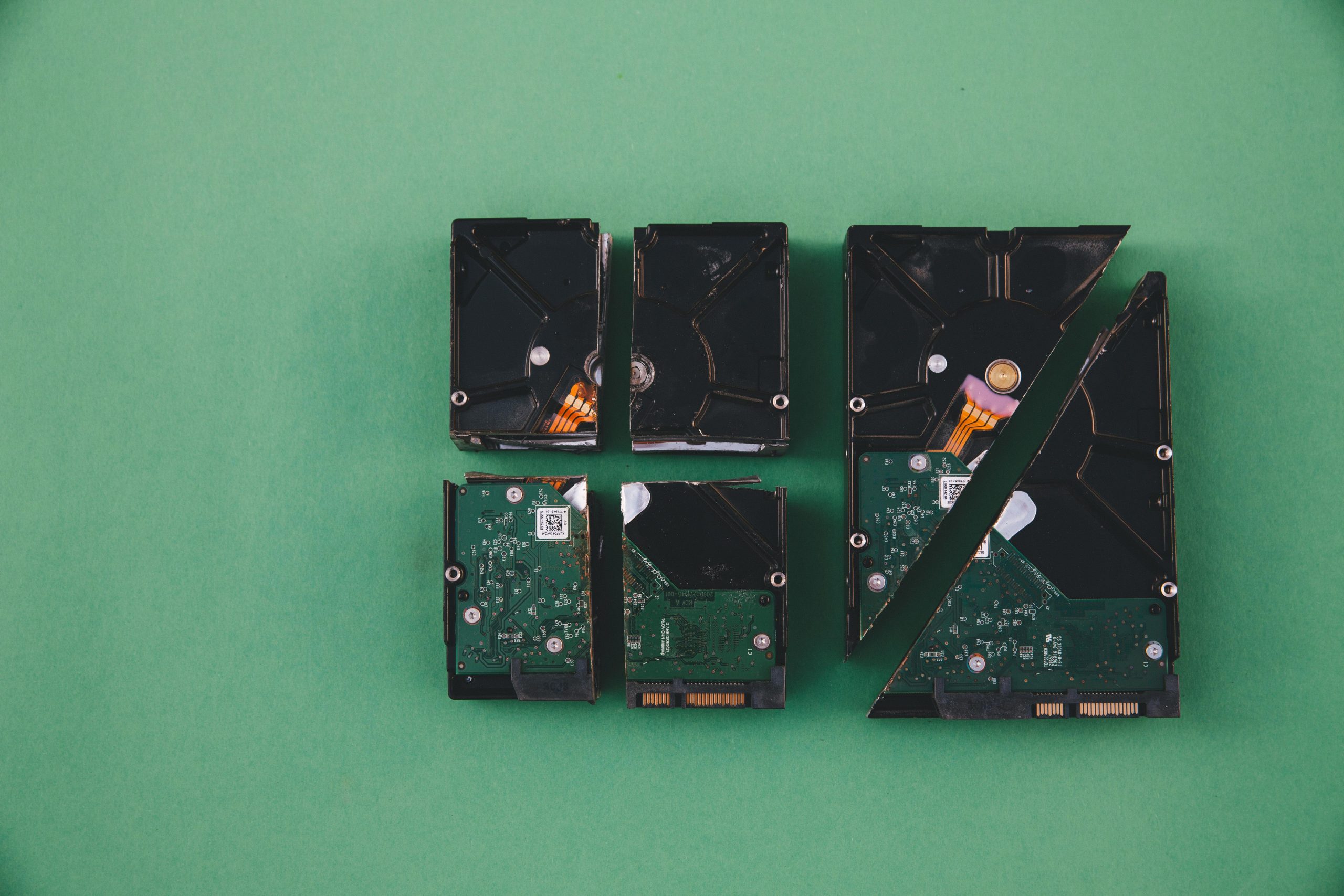Understanding and Troubleshooting 100% Disk Usage on Acer Aspire Vero 16 M.2 PCIe SSD
Introduction
Experiencing high disk usage, particularly reaching 100%, is a common performance issue that can significantly impact your laptop’s responsiveness and overall user experience. Recently, users of the Acer Aspire Vero 16 Core Ultra 5 equipped with Windows 11 Home have reported persistent disk activity spikes on their SSD, leading to performance degradation. This article explores the potential causes, troubleshooting steps, and best practices to address this issue effectively.
Overview of the Problem
The Acer Aspire Vero 16 features an M.2 PCI Express 4.0 SSD, a high-performance storage solution. Despite its speed capabilities, some users encounter instances where disk usage routinely hits or remains at 100%, even during light tasks. Such behavior can stem from various system or software-related causes, necessitating a systematic approach to diagnosis and resolution.
Common Troubleshooting Steps
- Uninstalling Superfluous System Utilities
Some pre-installed utilities, such as AcerSense, can contribute to background processes that increase disk activity. Removing or disabling these programs can sometimes reduce unnecessary load.
- Adjusting Power Settings
Setting the power plan to “Maximum Performance” is a typical step to ensure hardware is not throttled, but it is also essential to verify that storage power management features are appropriately configured.
- Running System File Checks
Utilities like CHKDSK /F, SFC /scannow, and DISM commands (/CheckHealth, /ScanHealth, /RestoreHealth) help identify and repair file system or system image issues that could cause disk activity spikes.
- Managing Services
Disabling certain background services, such as SYSMAIN (Superfetch), can sometimes alleviate disk usage. However, caution is advised when turning off services like Connected Devices and Microsoft Compatibility Telemetry, as they can impact system functionality or diagnostics.
- Adjusting PCI Express Power Management
Changing PCI Express power settings from “Maximum Power Saving” to “Moderate Power Saving” might impact disk performance and power consumption. Typically, these settings play a more prominent role during sleep or hibernation cycles rather than active usage.
Additional Considerations
-
Background Processes and Updates: Windows Update or antimalware scans may utilize disk resources heavily; monitoring active processes via Task Manager can identify such culprits.
-
Driver and Firmware Updates: Ensuring that the SSD firmware and system drivers are
Share this content:



